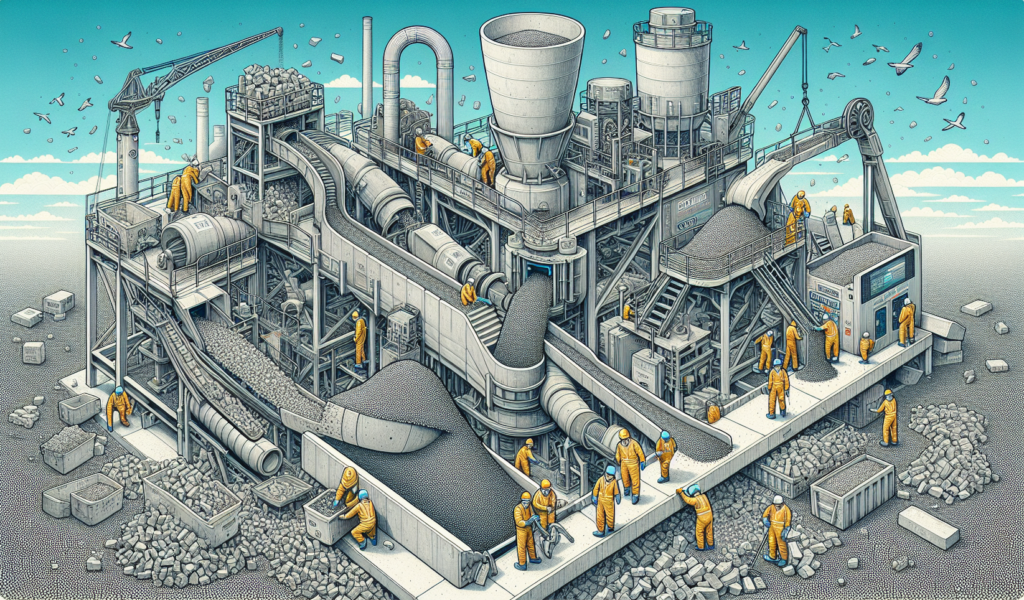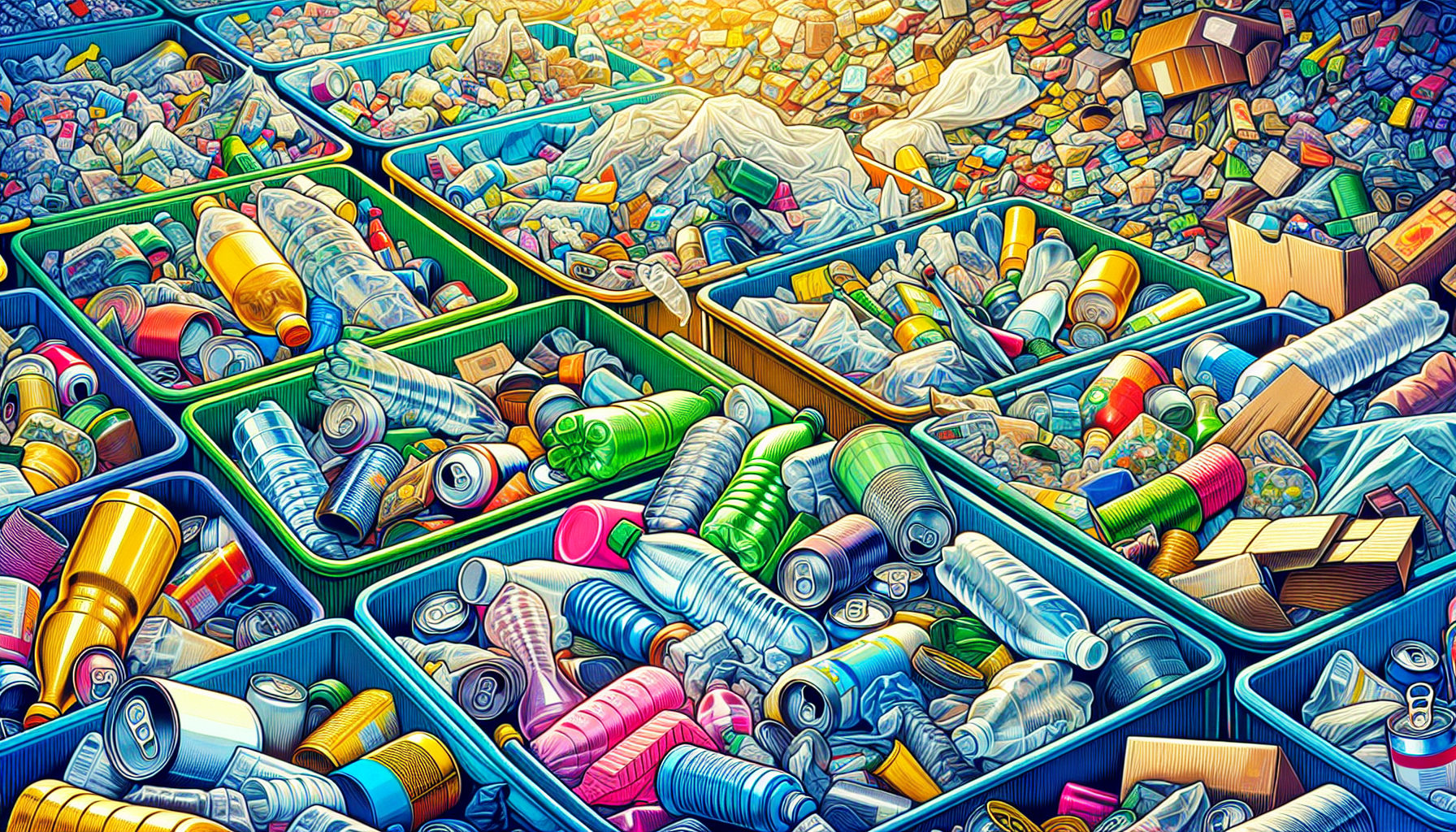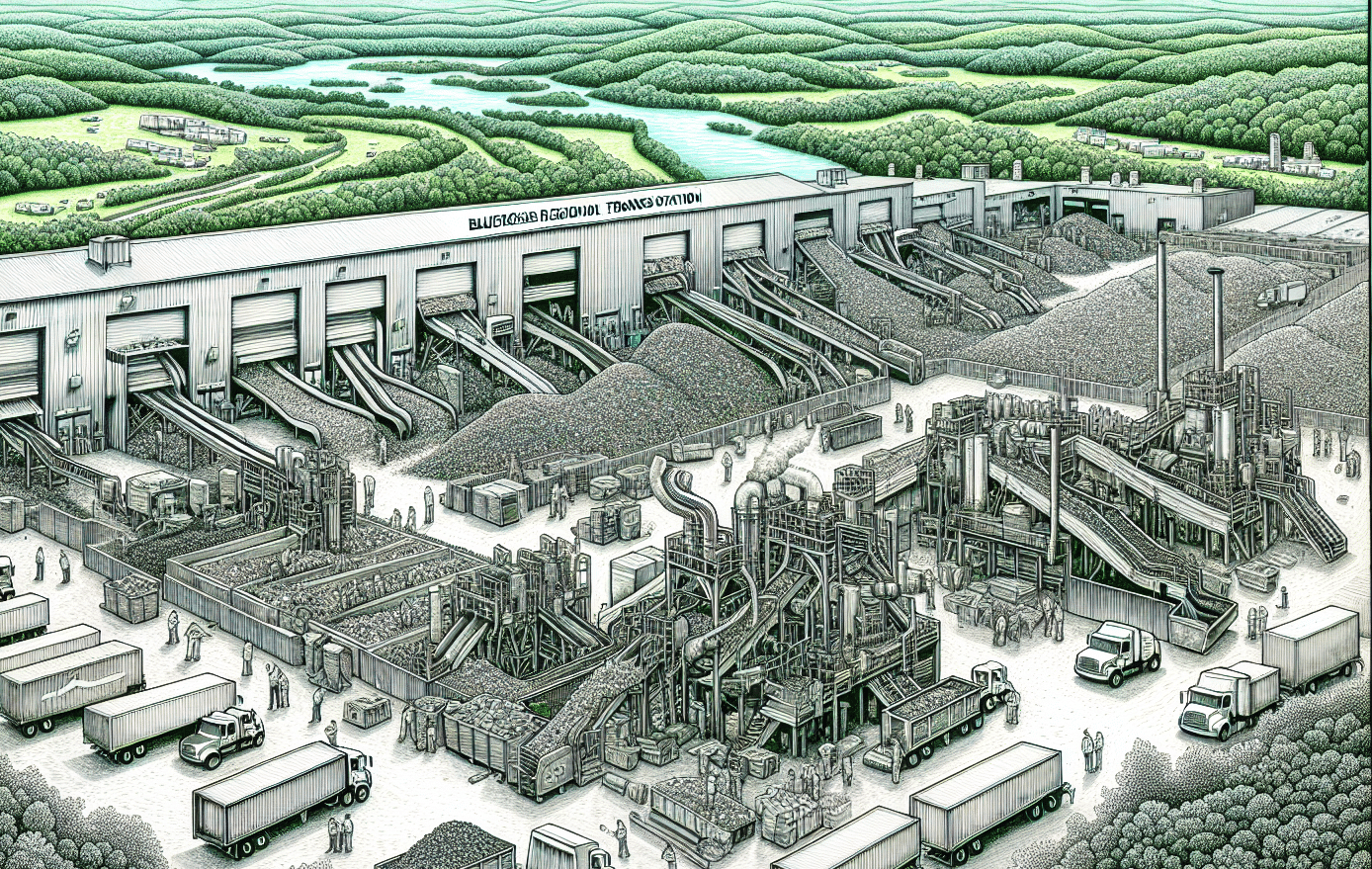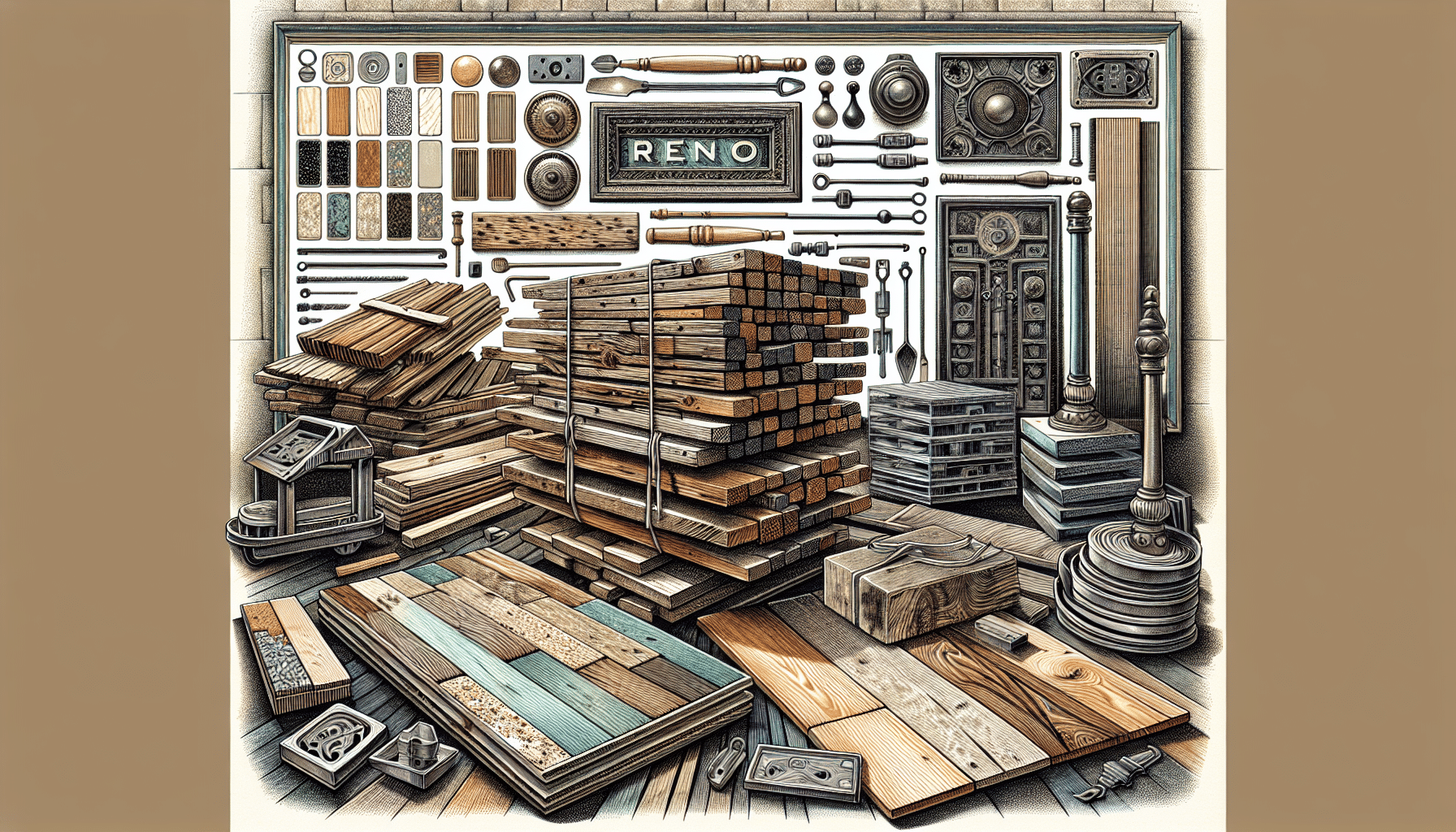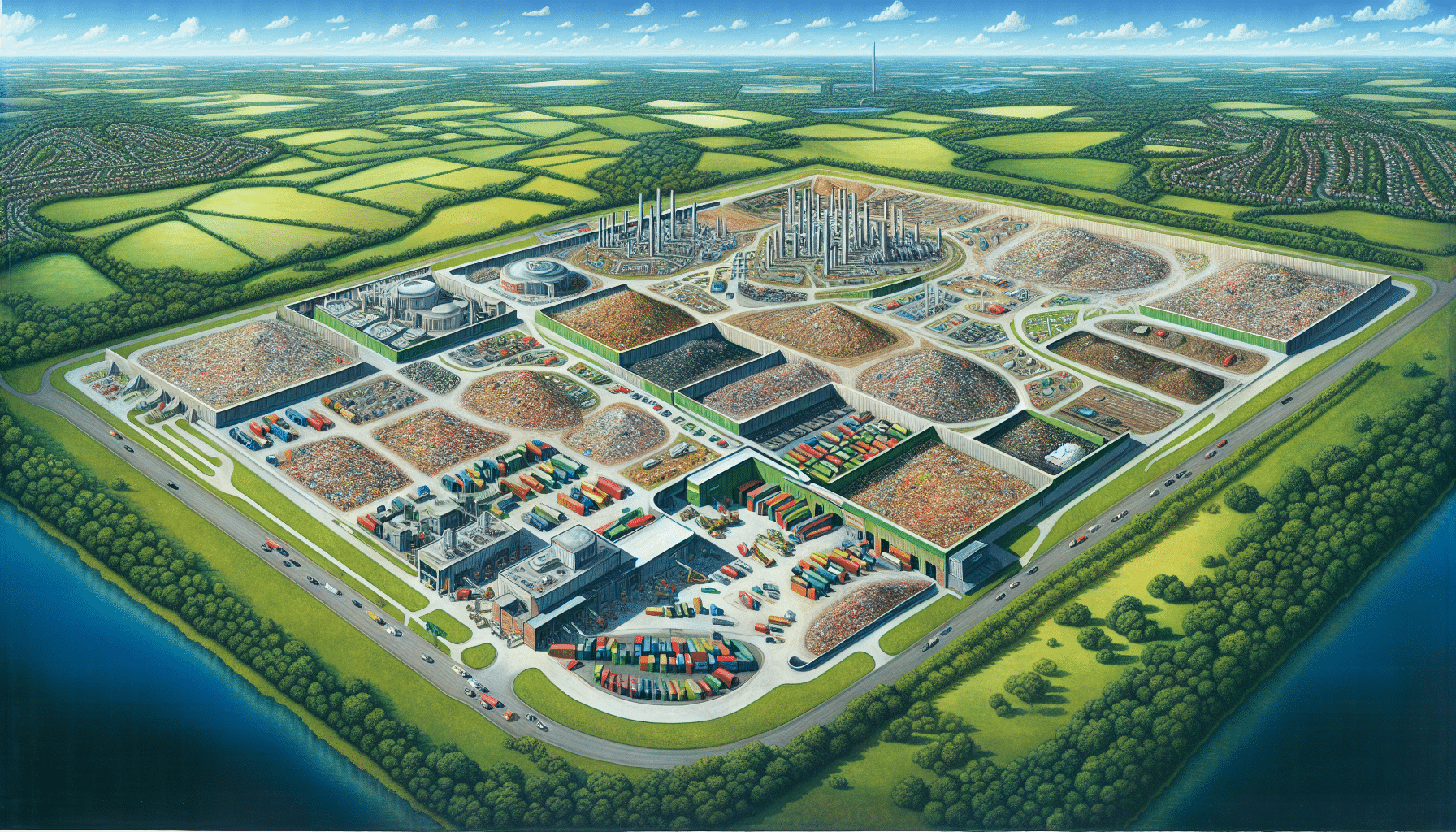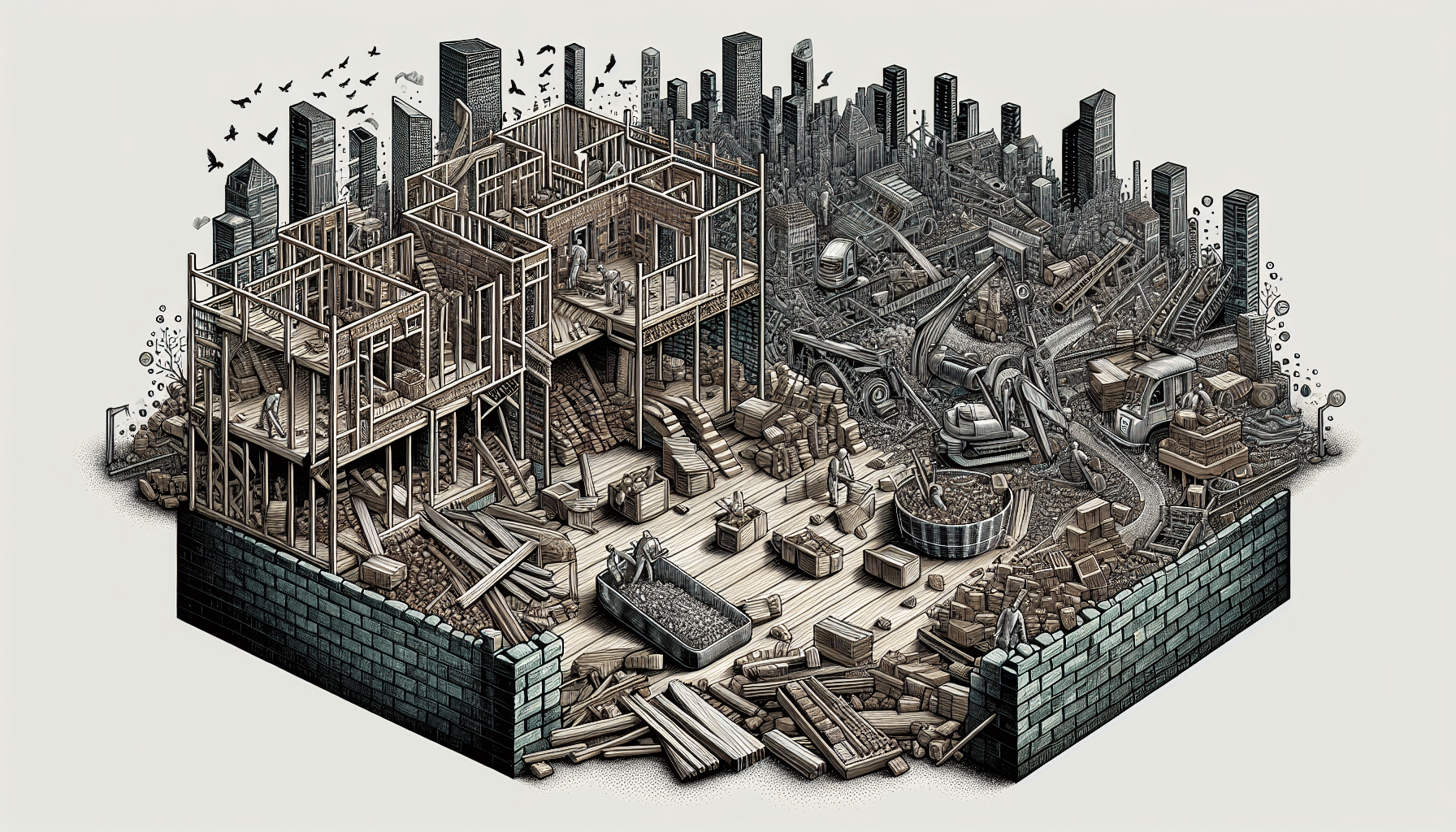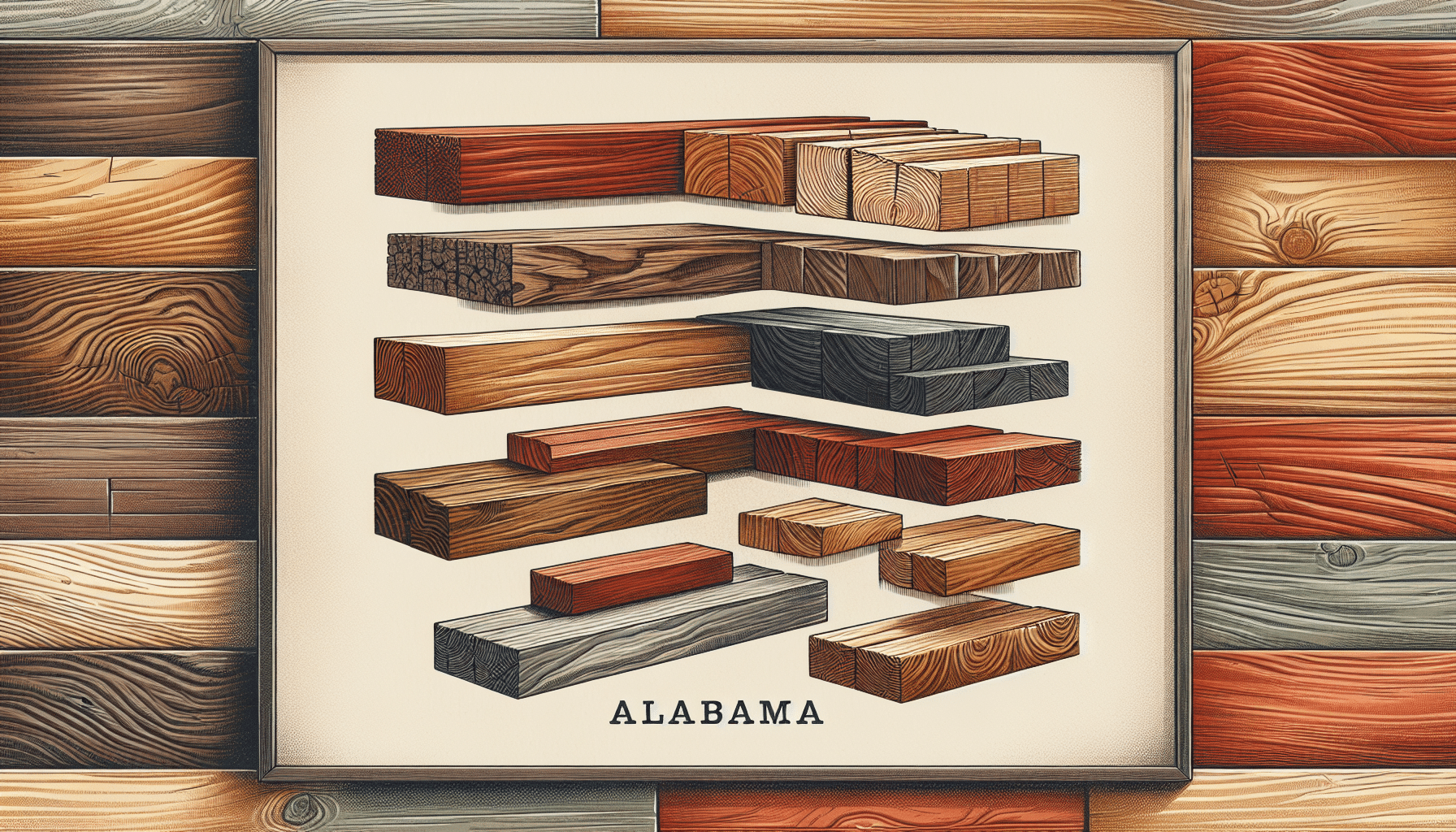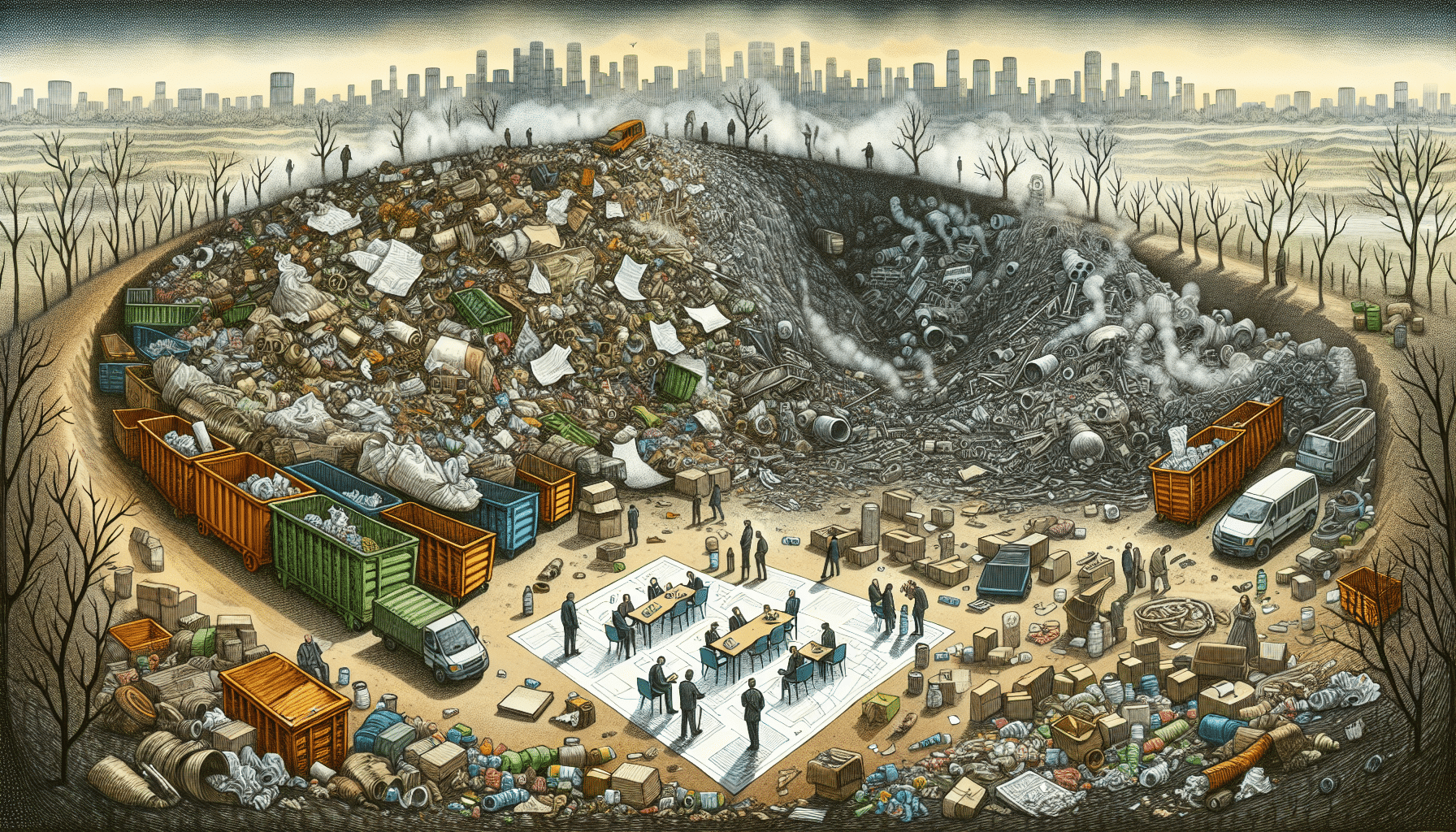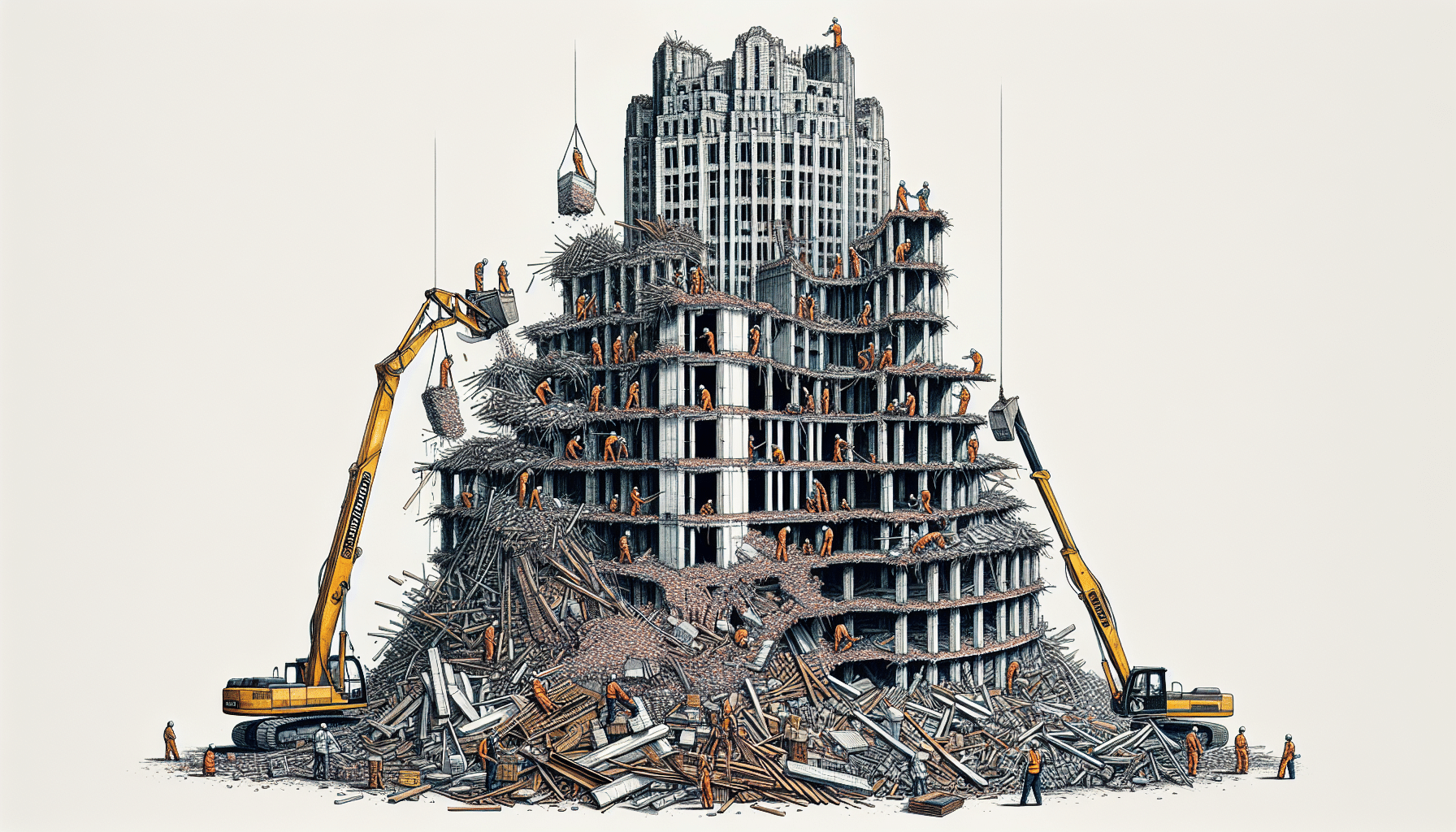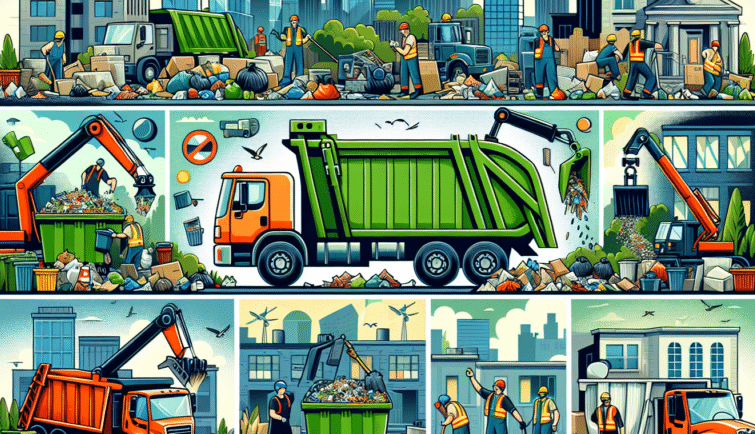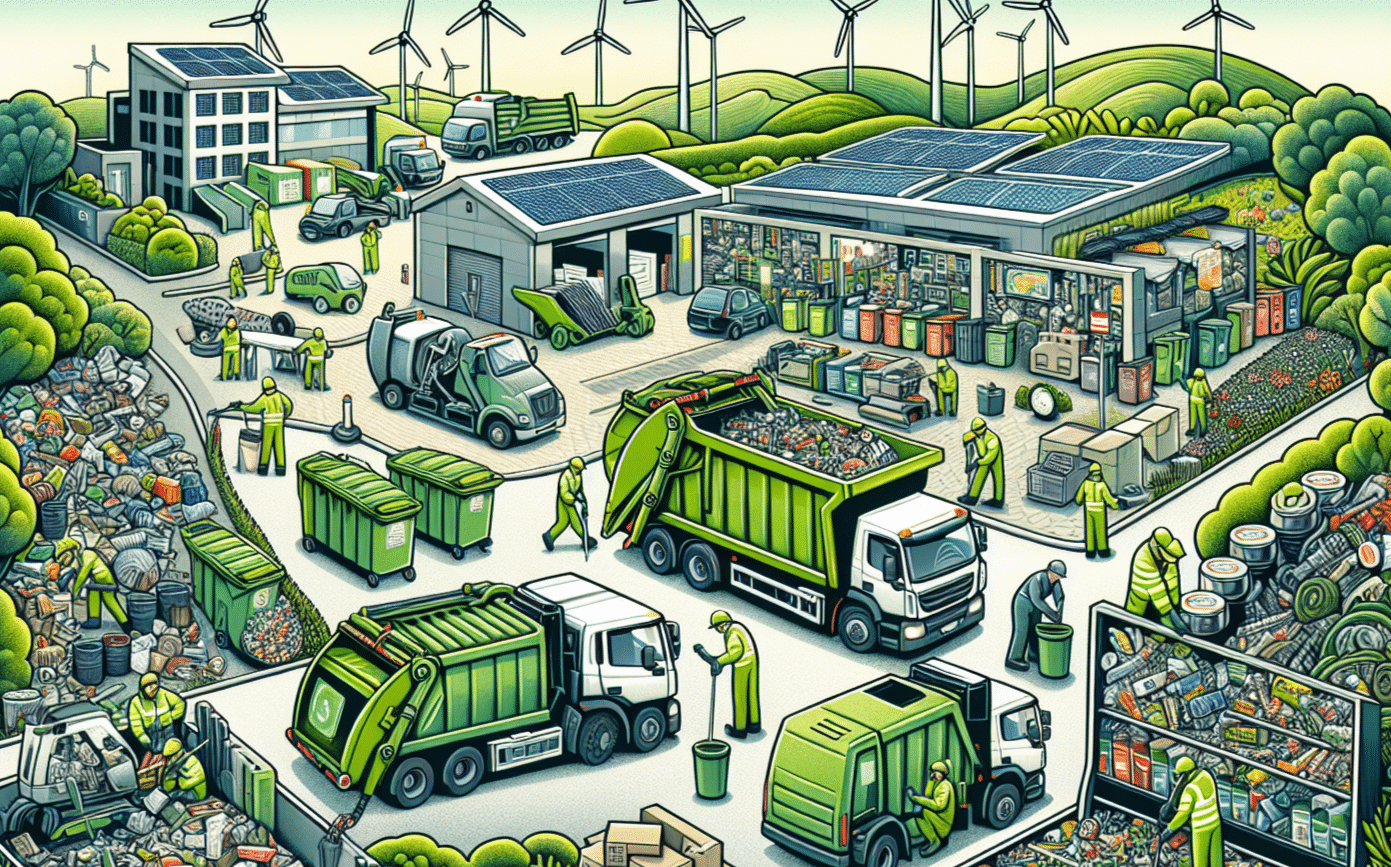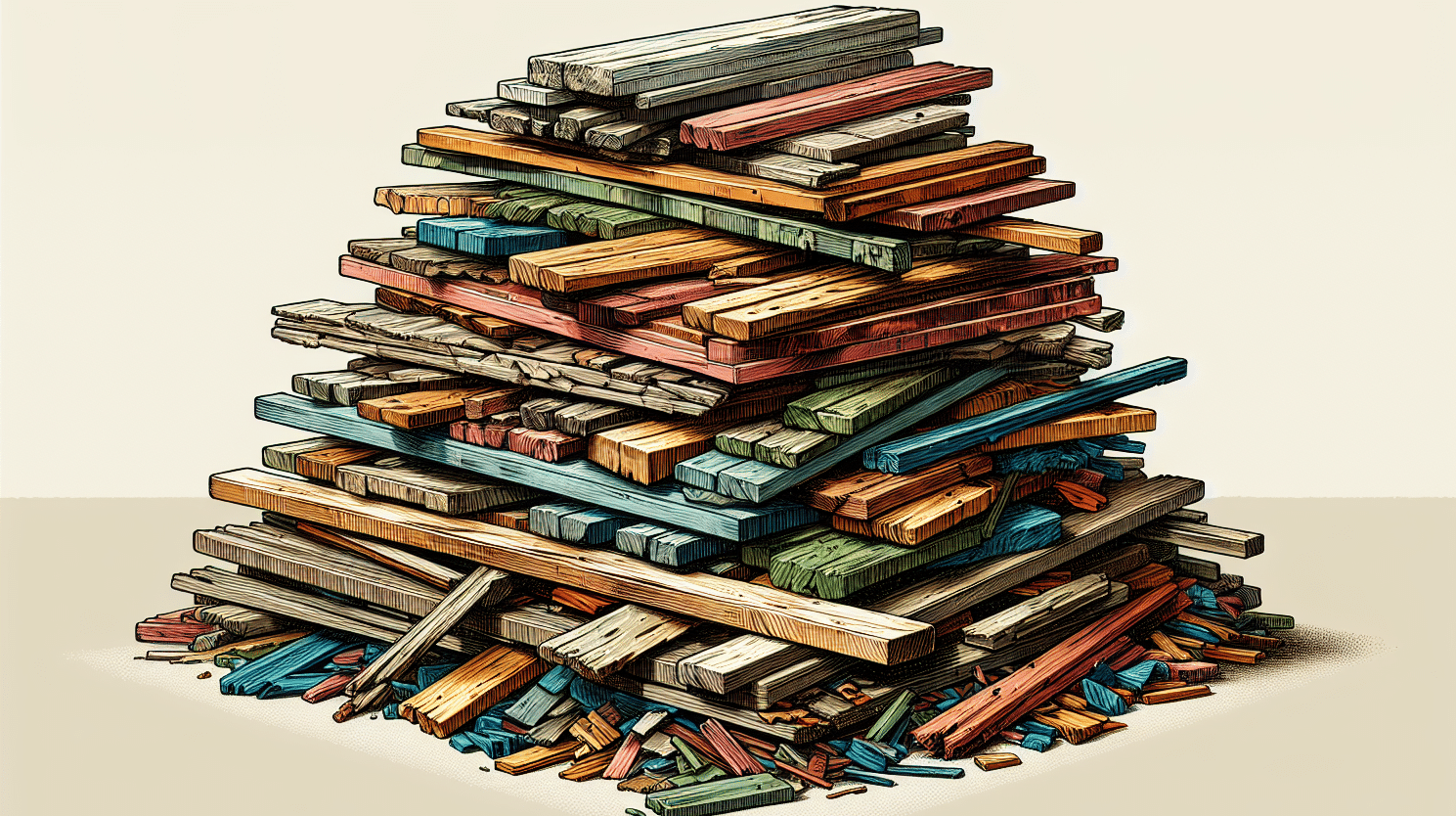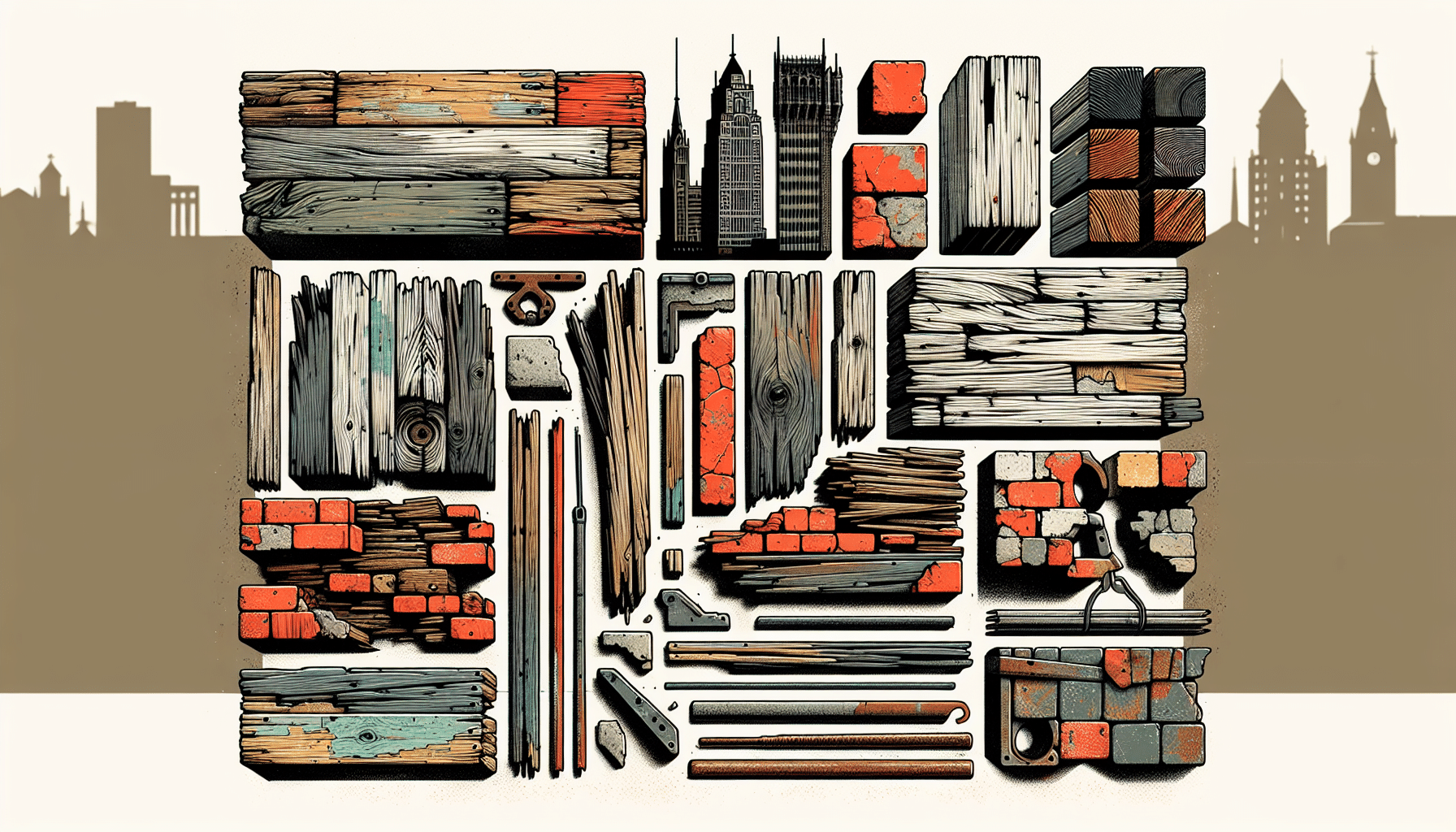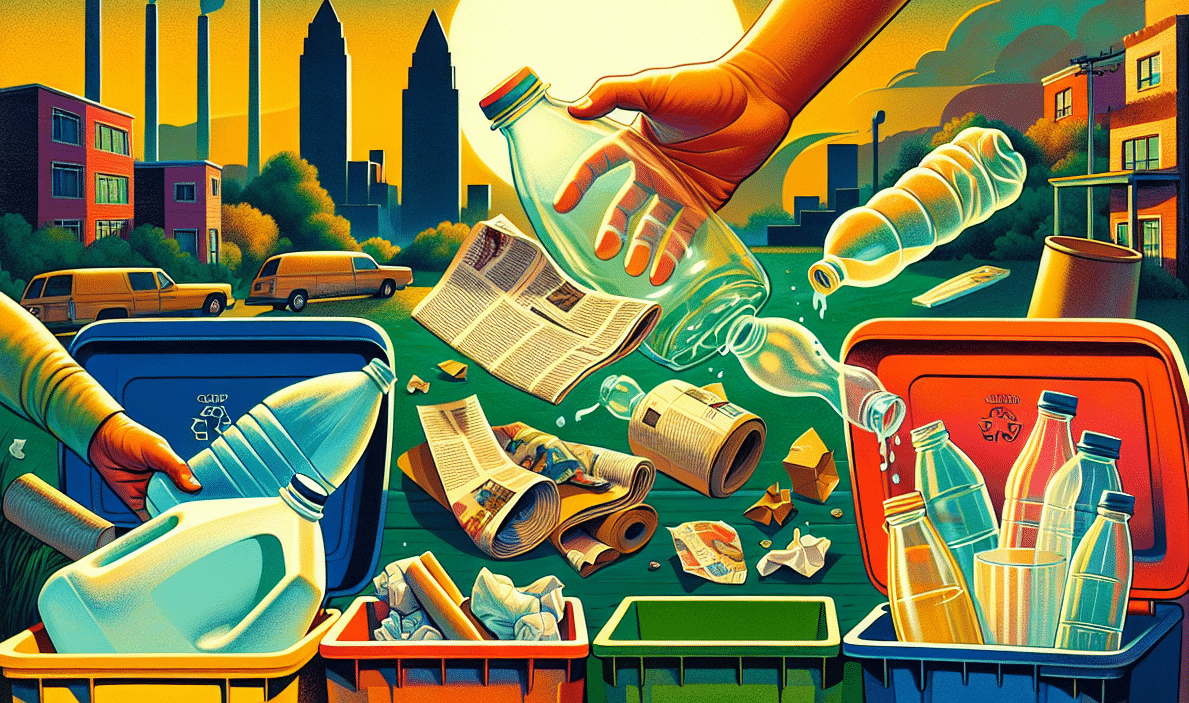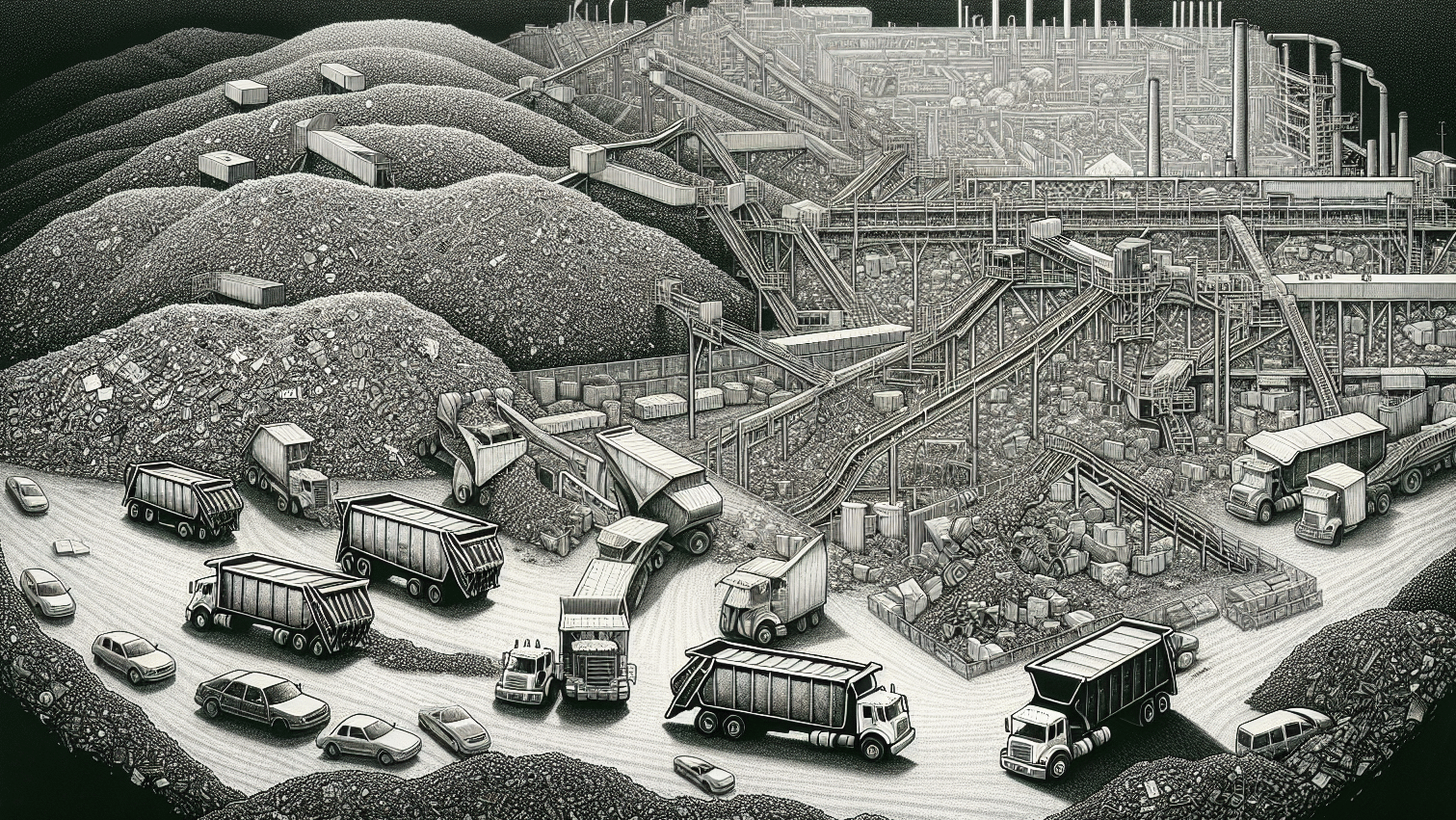Gazing at a pile of unwanted concrete might not immediately spark thoughts of environmental conservation, but the reality is that how we dispose of concrete deeply impacts our planet. Conscious concrete disposal means less waste in landfills, savings in energy, and a significant reduction in CO2 emissions. Moreover, by embracing proper disposal practices and considering a concrete disposal option, we not only preserve precious landfill space but also create job opportunities in the recycling sector.
However, improperly managed old concrete doesn’t just occupy space; it can be harmful to our environment. The construction and demolition industry is one of the largest waste producers, yet much of this debris, including concrete, ends up in landfills without proper treatment. As we move forward, understanding why we must dispose of concrete properly and how to do it will lay the foundation for our discussion on responsible waste management.
Identifying Your Concrete Waste
Before we can address disposal, we must first identify the type of concrete waste we’re dealing with. Are they hefty concrete chunks from a demolished driveway or smaller pieces of old concrete bricks from a wall that’s been taken down?. Knowing the difference is crucial because each type of concrete waste has its own set of rules for proper disposal.
The mixture of materials commonly found in construction debris, as well as construction and demolition debris, complicates the process of disposal. This means that a one-size-fits-all approach won’t work. It’s essential to separate and treat different components to ensure the most efficient and environmentally friendly disposal method.
Clearing Out Cinder Blocks: A Step-by-Step Approach
Disposing of cinder blocks requires careful consideration of safety and local regulations. Before commencing the disposal process, it’s vital to call 811 to ensure no utility lines lie beneath. This step is not just a mere formality; it’s a safeguard against the potential hazards of disturbing buried lines.
Once safety is assured, the next step is to follow the guidelines for proper disposal. This involves obtaining any necessary permits and ensuring that the cinder blocks are disposed of in a manner that aligns with local disposal protocols. Whether repurposing, recycling, or discarding, every action taken should be a stride towards responsible waste management.
The Path to Recycling Old Concrete

Recycling concrete is not just a nod to environmental sustainability; it’s a full embrace. By repurposing old concrete, we recycle concrete and:
- Conserve energy
- Cut greenhouse gas emissions
- Preserve natural resources
- Reduce construction costs
- Minimize waste
And it’s not just about the big picture; recycled concrete has practical uses, from new pavement to building foundations.
The process of creating Recycled Concrete Aggregate (RCA) involves crushing concrete from various sources and then using it for different applications, such as rip-rap to control erosion. Most urban centers have specialized recycling facilities that accept concrete, making it easier than ever to recycle old concrete responsibly. This is not just about getting rid of waste; it’s about giving it a new life.
Free Concrete Disposal Options

The quest for concrete disposal need not always come with a price tag. Many county landfills offer free dump days for local residents to discard concrete. Additionally, certain community recycling programs accept concrete and asphalt, turning potential landfill waste into valuable resources.
Local concrete or landscape supplier may also accept your old concrete, often free of charge. Your nearby concrete supplier can repurpose this material for new construction projects, saving both money and the environment. Online platforms and neighborhood groups can also serve as a resource, connecting you with those in need of concrete for their own projects or with a landscaping company that can utilize the material.
These options not only alleviate the burden on your wallet but also promote community engagement and resource sharing.
Dealing with Concrete Mix and Cement Leftovers
When it comes to leftover concrete mix and cement, safety and adherence to local regulations are paramount. Mishandling these materials can lead to skin burns and ulcers, which is why they must be disposed of through authorized waste management facilities. Local laws may also impose penalties for improper disposal, making it essential to understand the regulations in your area.
If you find yourself with unused dry cement mix, don’t rush to discard it. Stored properly in a dry place, it can be saved for future use, thus delaying its journey to the landfill. This not only makes financial sense but also aligns with sustainable practices.
Dirt and Concrete: Combined Disposal Challenges
Combining concrete and dirt in disposal presents its unique set of challenges. Traditional mechanical separation techniques like crushing and sieving are commonly employed, but they’re just the tip of the iceberg. The quest for efficient and environmentally friendly separation methods is ongoing, with innovative solutions like high-intensity magnetic separation showing promise for a cleaner method of extracting pure cement waste and high-quality recycled aggregates.
However, some methods, such as thermal and chemical separation, are less viable due to high energy consumption and environmental concerns. These challenges underscore the need for continuous innovation in waste management practices, striving for solutions that not only effectively separate materials but also minimize the environmental impact.
Solutions for Broken Concrete: From Disposal to Reuse
Broken concrete doesn’t have to signify the end of its usefulness. It can be taken to recycling facilities specially designed to handle concrete waste, providing an environmentally friendly alternative to disposal. For those in remote areas, local landfills and transfer stations may be the most accessible options.
But why stop at disposal? Broken concrete can be reborn as urbanite, a resource for creative landscaping applications. Local businesses and nonprofits may welcome donations of broken concrete, turning what once was rubble into valuable building materials for projects that benefit the community. The cycle of reuse not only supports sustainability but also fosters a sense of community collaboration.
Transform Your Garden: Using Recycled Concrete in Landscaping
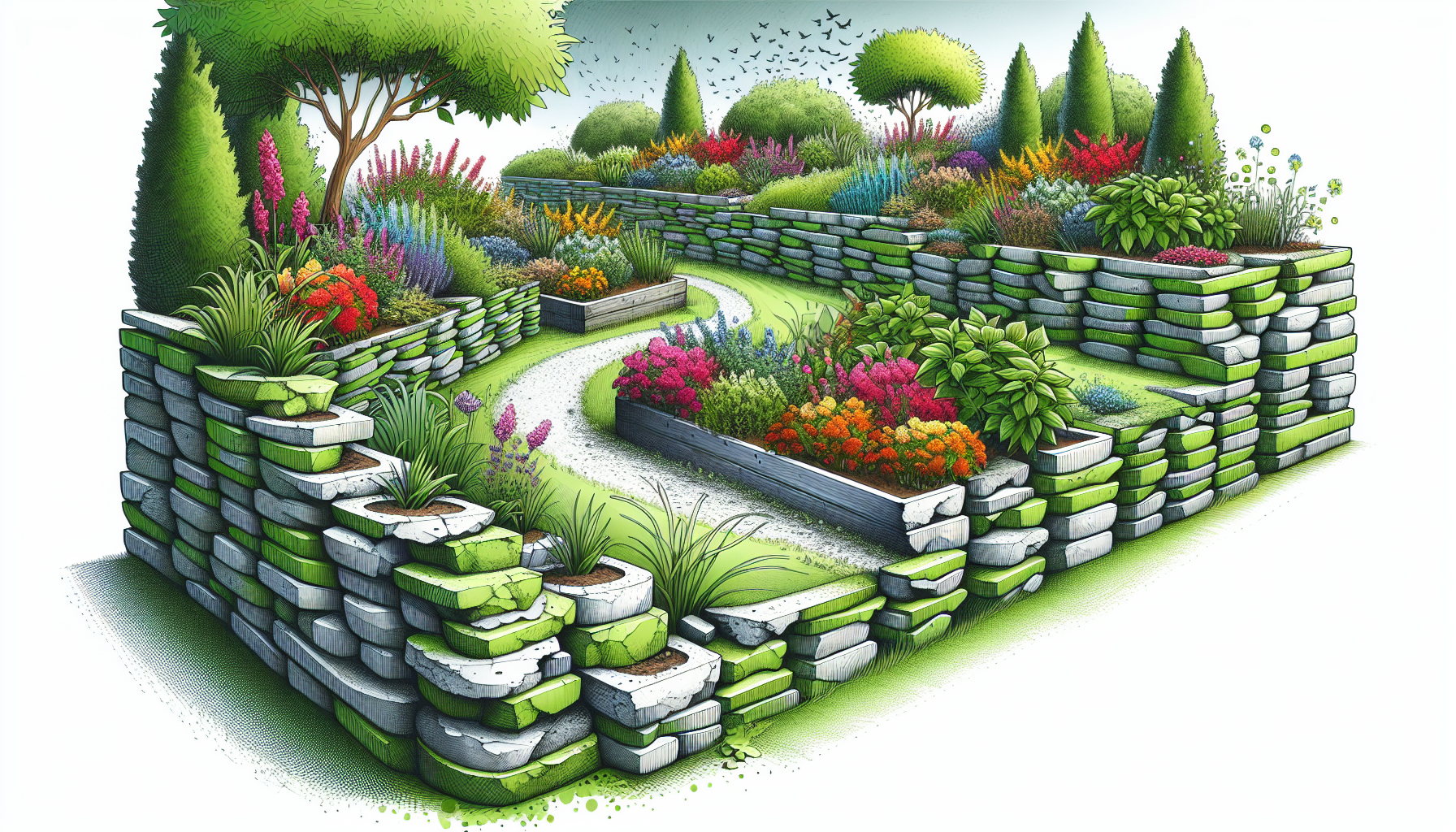
Imagine transforming your garden into a sustainable oasis using recycled concrete. With Recycled Concrete Aggregate (RCA), you can create driveways, garden paths, and even raised beds, reducing the need for new materials and the environmental impact associated with them. The versatile urbanite can be arranged into aesthetically pleasing pathways or used in mosaic patterns for patios, infusing charm into your landscape design.
Moreover, broken concrete can be repurposed into functional garden beds, compost bin constructs, or even sturdy retaining walls made of concrete blocks. By staining old urbanite, you can add a unique touch to your garden features, enhancing both beauty and practicality while engaging in eco-friendly practices.
Professional Services for Concrete Removal
Sometimes, the task of concrete disposal can be daunting, and that’s where professional services come in. Companies offer concrete removal services, while dumpster rentals provide an onsite solution for managing cinder blocks and other debris. The cost of these services can vary, often depending on the amount of debris and the method chosen for disposal.
Professional dumpster rental services can offer tailored advice and no-obligation quotes, ensuring that you have the right resources for your project. Whether you opt for professional help or tackle the job yourself, understanding your options can help you make an informed decision that balances cost, convenience, and environmental responsibility.
DIY Concrete Disposal: Tips and Tricks
Rolling up your sleeves and taking on concrete disposal yourself can be rewarding, but it requires careful planning and strict adherence to safety protocols. Donning safety gear like goggles, gloves, and steel-toed boots is just the beginning. Assessing the concrete’s thickness and choosing the right tools, be it a sledgehammer for smaller jobs or a jackhammer for thicker slabs, is essential.
When it comes to disposing of the debris, here are some tips to keep in mind:
- Select the right size dumpster to avoid unnecessary costs or space inefficiencies.
- Remember to stay hydrated and take frequent breaks to prevent injury and fatigue.
- Enlist help if needed to make the process easier and more efficient.
By weighing the DIY approach against the physical and financial effort involved, you can decide if the savings are worth the sweat.
Throughout our exploration of concrete disposal, one theme has remained constant: the importance of responsible and efficient waste management. From understanding the types of concrete waste to exploring various disposal and recycling options, we’ve covered the spectrum of possibilities for managing this common construction byproduct. Whether opting for professional services or embarking on a DIY project, the key is to approach concrete disposal with an eye towards sustainability and community impact.
As we conclude, let’s carry forward the knowledge that every piece of concrete we dispose of properly is a step towards preserving our environment. It’s not just about clearing away debris; it’s about building a legacy of responsible stewardship for generations to come.
Frequently Asked Questions
How to dispose of mattress?
You can dispose of a mattress by donating it to non-profit organizations like Goodwill or Habitat for Humanity, or by using a free mattress recycling program if available in your area. If that’s not an option, consider taking it apart yourself for recycling. As a last resort, you can dispose of it as trash.
Is concrete easy to recycle?
Yes, concrete is easy to recycle and the process involves taking demolished concrete structures to recycling sites and cleaning them of any organic materials before crushing them. This crushed rubble can then be used for various purposes, making it a cost-effective and eco-friendly option.
How do you dispose of hard cement?
You can dispose of hard cement by driving it to the nearest landfill or transfer station, or by renting a dumpster and having a company pick it up once it’s full. Some landfills also offer free dump days a few times a year for local residents. Another option is to contact a junk hauling company for disposal. Finally, consider recycling or selling large pieces to construction companies for use as riprap for streams and riverbanks.
Can I dispose of concrete at my local landfill?
Yes, you can dispose of concrete at your local landfill, as many landfills have designated areas for concrete disposal and may even offer free dump days for residents.
Can broken concrete be reused in any way?
Yes, broken concrete, or urbanite, can be reused for landscaping projects like pathways, retaining walls, and garden beds. So, it can definitely be put to good use in various ways.
